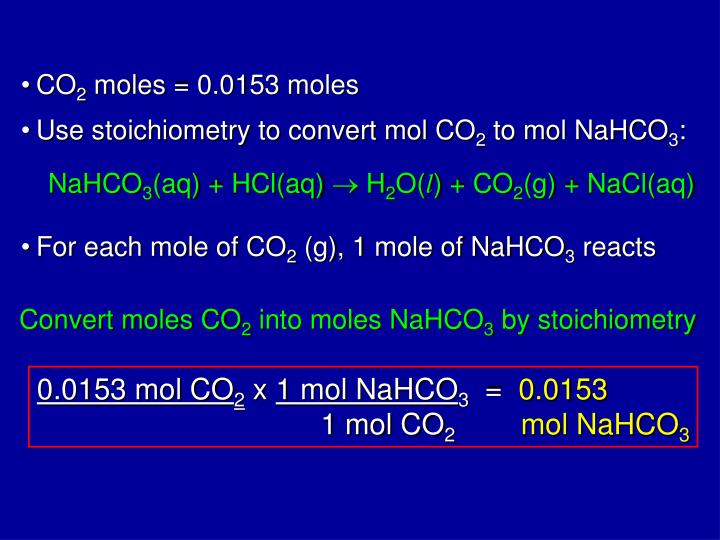
Ocean acidification (a result of increased CO2): causes a reduction in pH levels which decreases coral growth and structural integrity. Step 3: Finally, the molar mass of the chemical compound will be displayed in the new window. Step 2: Now click the button Calculate Molar Mass to get the result. Q: A sample weighing 3.056 g is a mixture of Fe, O, (molar mass 159.69. The procedure to use the molar mass calculator is as follows: Step 1: Enter the chemical compound in the respective input field. Sedimentation runoff can lead to the smothering of coral.Ĭhanges in storm patterns: leads to stronger and more frequent storms that can cause the destruction of coral reefs.Ĭhanges in precipitation: increased runoff of freshwater, sediment, and land-based pollutants contribute to algal blooms and cause murky water conditions that reduce light.Īltered ocean currents: leads to changes in connectivity and temperature regimes that contribute to lack of food for corals and hampers dispersal of coral larvae. Solution for Aka-setter contains sodium bicarbonate (NaHCO2)and the citric acid. Sea level rise: may lead to increases in sedimentation for reefs located near land-based sources of sediment. 2 mass nahco: 0.34g co x 1molco44.01gcox1mol nahco1molco x84.04gnahco1mol nahco 0.65g nahco 0.65g nahco1.61g nahco x 100 44.4 nahco 0.444 x 1.61 0. Climate change leads to:Ī warming ocean: causes thermal stress that contributes to coral bleaching and infectious disease. Although this has slowed global warming, it is also changing ocean chemistry.Ĭlimate change dramatically affects coral reef ecosystemsĬontributing factors that increase greenhouse gases in the atmosphere include burning fossil fuels for heat and energy, producing some industrial products, raising livestock, fertilizing crops, and deforestation. The world's ocean is a massive sink that absorbs carbon dioxide (CO2). Increased greenhouse gases from human activities result in climate change and ocean acidification. When combined, all of these impacts dramatically alter ecosystem function, as well as the goods and services coral reef ecosystems provide to people around the globe. This process is called ocean acidification.Ĭlimate change will affect coral reef ecosystems, through sea level rise, changes to the frequency and intensity of tropical storms, and altered ocean circulation patterns.

Additionally, carbon dioxide absorbed into the ocean from the atmosphere has already begun to reduce calcification rates in reef-building and reef-associated organisms by altering seawater chemistry through decreases in pH. (1 u is equal to 1/12 the mass of one atom of carbon-12) Molar mass (molar weight) is the mass of one mole of a substance and is. Molecular mass (molecular weight) is the mass of one molecule of a substance and is expressed in the unified atomic mass units (u). The resulting molar mass of carbon dioxide is therefore 12 g/mol + 32 g/mol 44 g/mol. Definitions of molecular mass, molecular weight, molar mass and molar weight. Since there are 2 moles of oxygen atoms in every mol of carbon dioxide, the total molar mass due to oxygen is 2 x 16 g/mol 32 g/mol. Scientific evidence now clearly indicates that the Earth's atmosphere and ocean are warming, and that these changes are primarily due to greenhouse gases derived from human activities.Īs temperatures rise, mass coral bleaching events and infectious disease outbreaks are becoming more frequent. Molar mass of NaHCO3 is 84.0066 g/mol Compound name is sodium bicarbonate Get control of 2022 Track your food intake, exercise, sleep and meditation for free. The former has a molar mass of 12 g/mol, and the latter a molar mass of 16 g/mol. Please let us know how we can improve this web app.Climate change is the greatest global threat to coral reef ecosystems. Related: Molecular weights of amino acids

Weights of atoms and isotopes are from NIST article. Molar mass ( molar weight) is the mass of one mole of a substance and is expressed in g/mol.(1 u is equal to 1/12 the mass of one atom of carbon-12) Molecular mass ( molecular weight) is the mass of one molecule of a substance and is expressed in the unified atomic mass units (u).To calculate molecular weight of a chemical compound enter it's formula, specify its isotope mass number after each element in square brackets.Įxamples of molecular weight computations:ĭefinitions of molecular mass, molecular weight, molar mass and molar weight Molar mass calculator also displays common compound name, Hill formula, elemental composition, mass percent composition, atomic percent compositions and allows to convert from weight to number of moles and vice versa.Ĭomputing molecular weight (molecular mass) Functional groups: D, Ph, Me, Et, Bu, AcAc, For, Ts, Tos, Bz, TMS, tBu, Bzl, Bn, Dmg.Capitalize the first letter in chemical symbol and use lower case for the remaining letters: Ca, Fe, Mg, Mn, S, O, H, C, N, Na, K, Cl, Al. Computing molar mass (molar weight)To calculate molar mass of a chemical compound enter its formula and click 'Compute'.


 0 kommentar(er)
0 kommentar(er)
